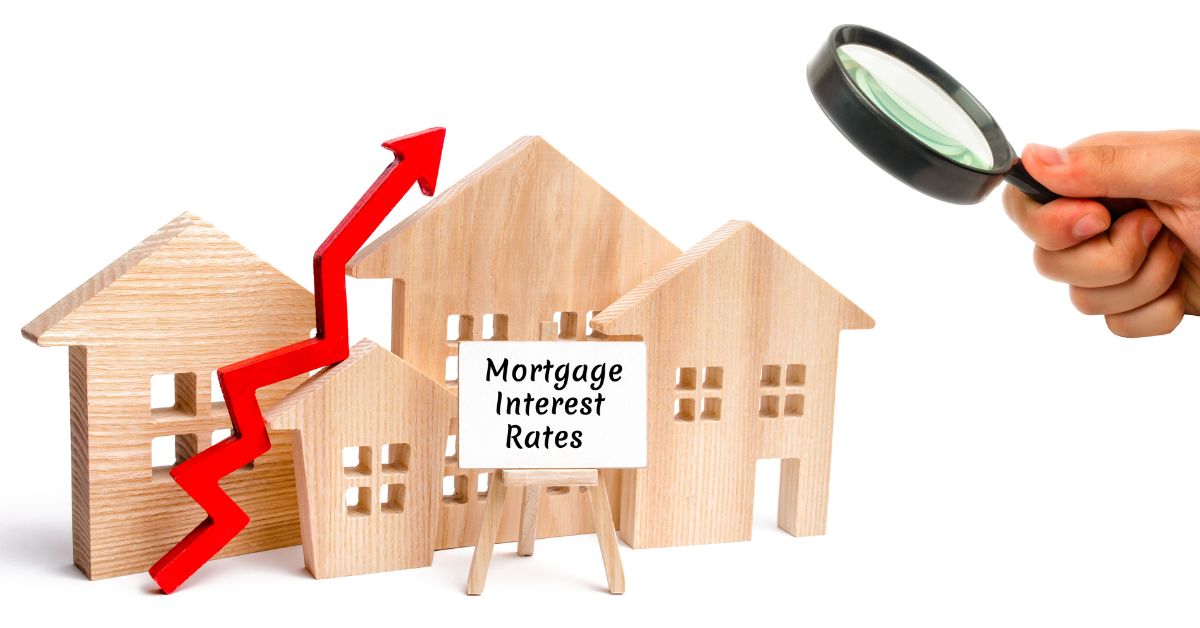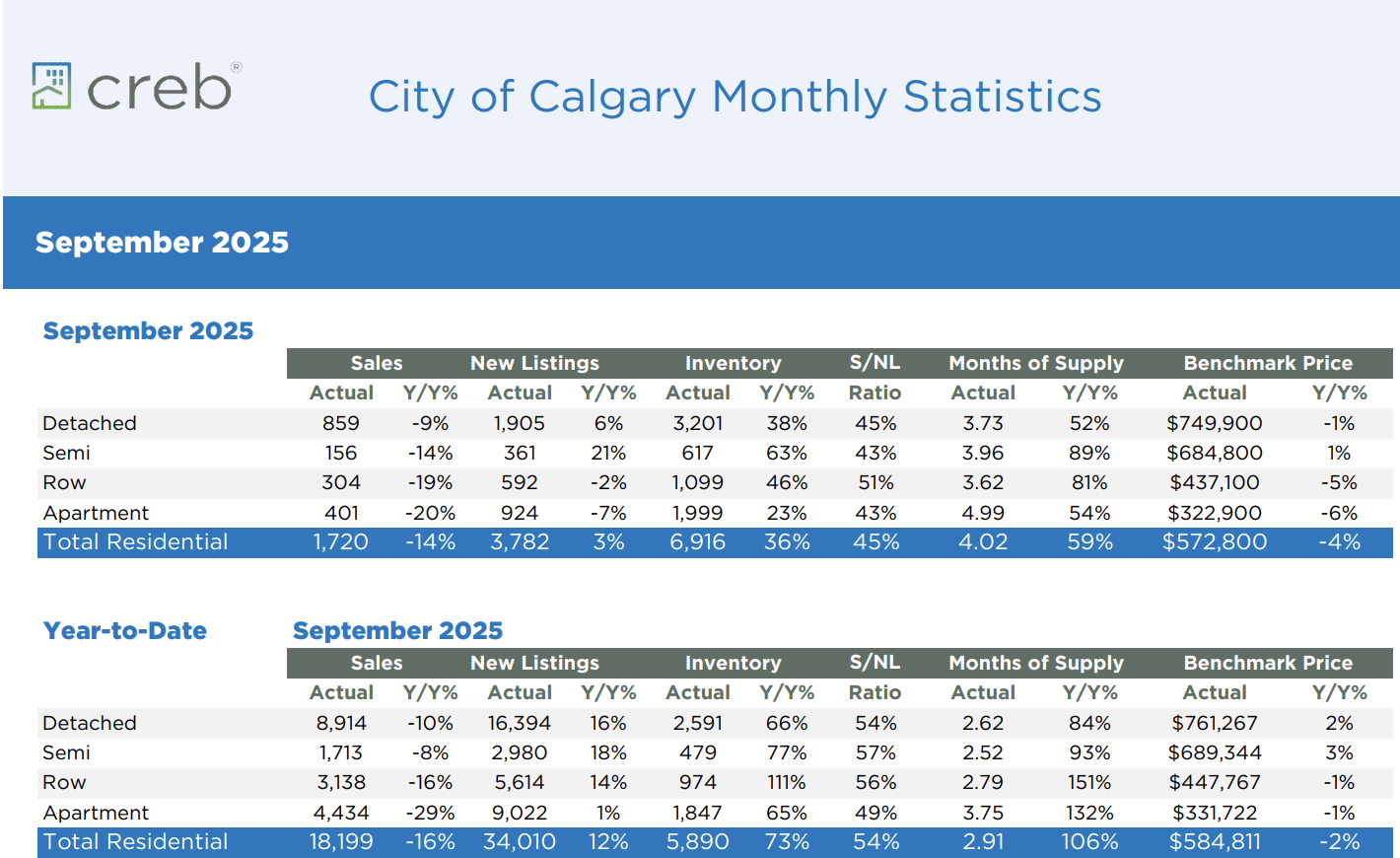The Smith Maneuver is a Canadian tax strategy created by financial planner Fraser Smith, and it’s all about getting more out of your mortgage. In short, it turns the interest you pay on your mortgage into tax-deductible investment loan interest. To actually make it work, you need a readvanceable mortgage.
In plain language, this strategy helps homeowners make their mortgage interest tax-deductible, speed up how fast they pay off their mortgage, and build long-term wealth at the same time. It’s a powerful setup, but it can get a bit technical, so talking to a financial pro is usually a good idea.
Key Takeaways
• The Smith Maneuver makes mortgage interest tax-deductible by converting it into investment loan interest, which can mean tax savings and a faster mortgage payoff.
• You need a readvanceable mortgage, which combines a standard mortgage with a HELOC.
• The strategy uses the HELOC to reinvest the principal portion of your mortgage payments into income-producing investments.
• Accelerators like the Debt Swap or Cash Flow Dam can help boost results.
• Market swings and interest rate changes can impact how well the strategy works, so professional guidance is important.
Breaking Down the Smith Maneuver
Fraser Smith introduced this strategy in the 80s and later wrote a book in 2002 that really put it on the map. He describes it as a debt conversion strategy rather than a leveraging tactic because you’re not taking on extra debt. Instead, you’re shifting non-deductible debt into deductible debt while building investments and potentially getting tax refunds along the way.
Canada doesn’t allow mortgage interest to be deducted on your taxes, but interest on loans used for investing can be. The big exception is anything inside registered accounts like RRSPs, since those already come with tax advantages.
To use the Smith Maneuver, you’ll need a readvanceable mortgage, which bundles your mortgage with a HELOC. As you pay down your mortgage principal, that same amount becomes available to borrow again through the HELOC. That’s the engine behind the whole strategy.
Important: Mortgage interest for your primary residence is not tax-deductible since your home isn’t considered an income-producing asset.
How the Smith Maneuver Works
Every month, you make your regular mortgage payment. The principal portion of that payment then becomes available to borrow through your HELOC. You reborrow that amount and invest it in something that produces income.
Here’s the basic flow:
• Your overall debt stays the same because every dollar you pay toward the mortgage gets reborrowed.
• You invest the borrowed funds into income-producing assets.
• The interest on the HELOC becomes tax-deductible because the borrowed money is used for investing.
• If your HELOC rate is six percent and your tax rate is forty percent, your effective interest rate drops to three point six percent.
• When you get your tax refund, you can put it back onto your mortgage, freeing up even more HELOC room and speeding up the whole cycle.
Self-employed individuals usually see the benefit more clearly since their taxes aren’t deducted automatically.
Over time, your non-deductible mortgage shrinks faster, your investment portfolio grows, and you cut down your amortization.
No Extra Out-of-Pocket Costs
A major advantage of the Smith Maneuver is that it doesn’t require extra monthly spending. You’re not adding new payments. You’re simply getting more mileage out of the payment you already make. Instead of your mortgage payment only reducing non-deductible debt, it also helps reduce your taxes and build investments.
Many wealth-building strategies require extra money each month. This one doesn’t, which makes it appealing for a lot of homeowners who want to grow wealth without tightening their budget.
Using Your HELOC for Investment Opportunities
When you refinance into a readvanceable mortgage, you might get immediate access to some HELOC room. That means you can start investing right away and begin generating tax-deductible interest sooner rather than later.
Just remember that this is still a form of leverage. Your total debt can climb above your original mortgage balance, so it’s important to approach the strategy carefully and ideally with advice from a financial planner or accountant.
Once you understand the basics, you can look into accelerators that help grow your investment portfolio faster and eliminate non-deductible mortgage debt even sooner.
Final Thoughts: How This Actually Helps Homeowners
At the end of the day, the Smith Maneuver is all about making your mortgage work a lot harder than it normally would. Instead of letting all that interest go to waste, this strategy turns it into something useful by making it tax-deductible and helping you grow an investment portfolio while you’re still paying off your home.
For the right homeowner, it can mean lower taxes, a faster mortgage payoff, and a solid head start on long-term wealth building. You’re basically taking the money you’re already spending every month and giving it a second job.
That said, it’s not something to jump into blindly. You need the right mortgage setup, comfort with investing, and a bit of discipline. Interest rates, market swings, and timing all matter. But with proper guidance, it can be a smart way to stretch your dollars and get more out of your biggest monthly expense.
If you’re curious whether the Smith Maneuver makes sense for your situation, it’s worth chatting with a financial planner or mortgage pro. Done right, this strategy can turn your mortgage into a powerful wealth-building tool instead of just another bill.












